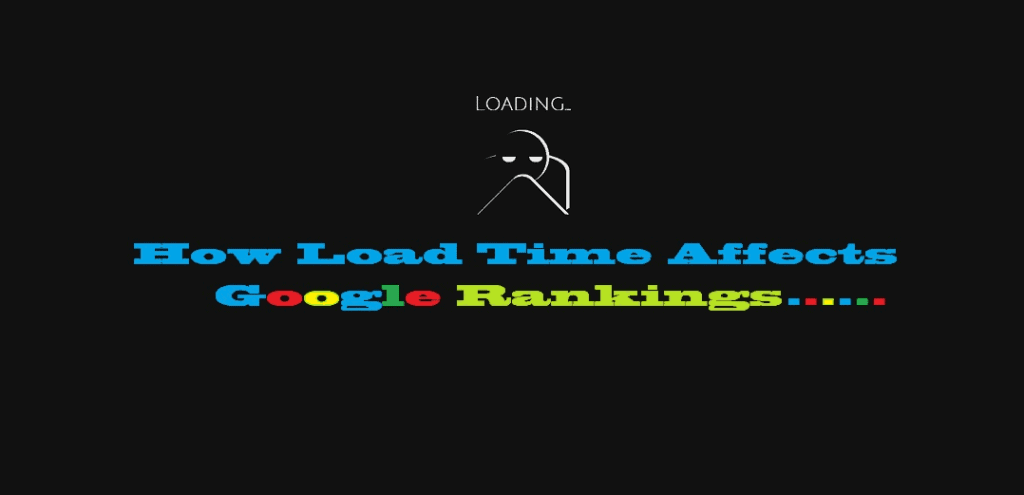It is always very frustrating trying to access a slow website. This usually discourages users from visiting that particular website in future. With this in mind, Google has come up with various measures that take into account site speeds when determining Google rankings.
Google makes its profits from running ads. If these ads are not viewed, then Google earns less. Therefore, when potential customers abandon your site due to long load times, they never get to view any ads and these results in lower Google rankings. This does not happen only with Google but with all other search engines. According to the Google webmaster central blog, the search engine has included a new signal in their search ranking algorithms to improve user experience and reduce operating costs.

Monitoring Site Speeds
There are various free tools that aid web administrators in monitoring load times and website speeds. They include:
- Page Speed: A free tool from Google
- YSlow: A free tool from Yahoo!
- WebPagetest: Shows an optimization checklist and a waterfall view of load performance for your site.
- Webmaster Tools: This shows your website’s performance as experienced by users from all parts of the globe.
How to Fix Load Time
Google recommends that site administrators monitor their most visited pages and use the information to anticipate user requirements. Once you know the trends, you as the administrator may pre-load the most visited pages as the other information loads at lower speeds. The less important resources may load after the essential pages have loaded.
Another method is to use the invitation-only program Google Page Speed. You send in an application and once accepted, you switch your Domain Name System (DNS) to Google servers through your domain control panel and Google speeds up your site. This does not involve moving of files or changing your webhost.
You may also use other methods to improve your site speeds. These include making the design of your site simple, with few images and less graphics. You may also combine all your scripts into a single script.
You may also compress your site’s resources using tools like gzip or deflate to lower the amount of data (measured in bytes) your page sends over a network. Another method that speeds up your sites involves using a Content Delivery Network (CDN) to spread your website’s content over several servers spread in different parts of the world. This results in faster file delivery and shrinks files so that they are sent without cookies.
The use of expires headers will also reduce load times. Every time a user visits your site, their browser stores stylesheets, images, and scripts that usually bear an expiry date of 24 hours. You can change your expiry dates on your headers to reflect a date far into the future.

